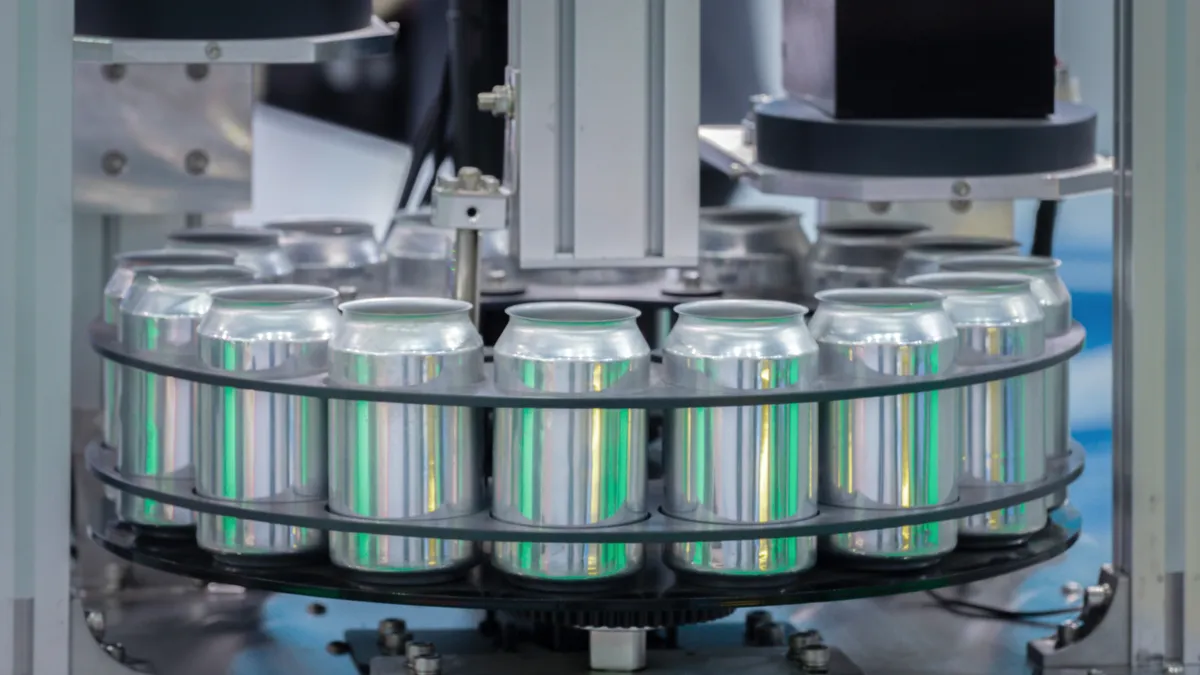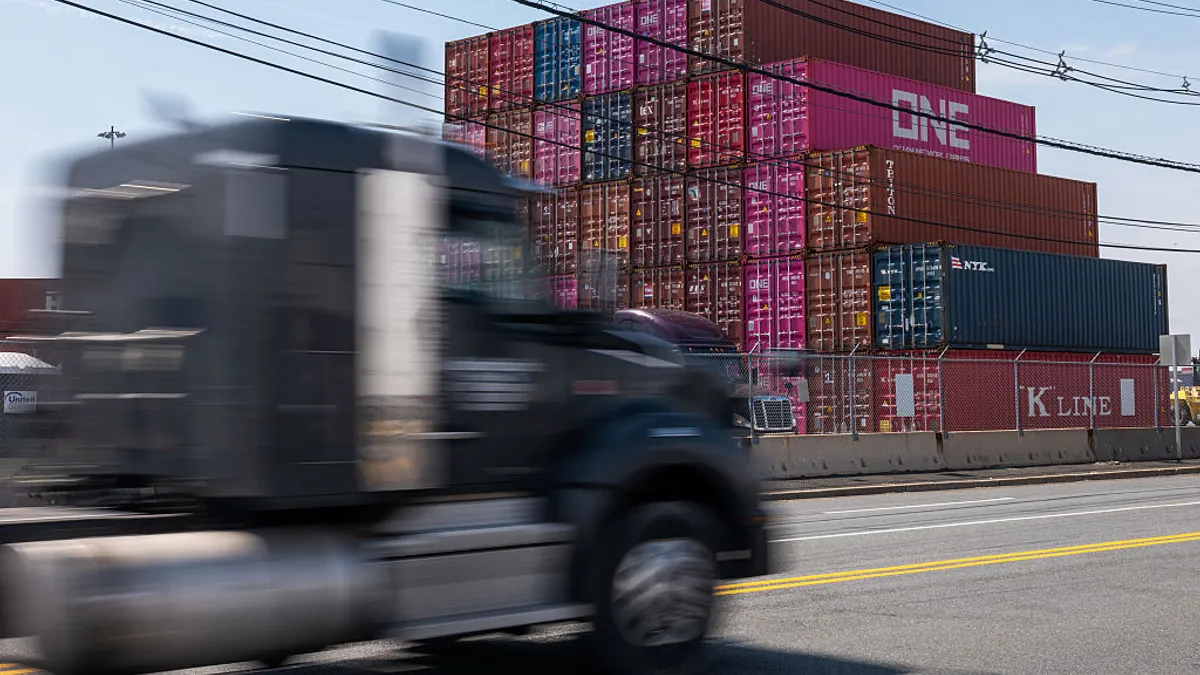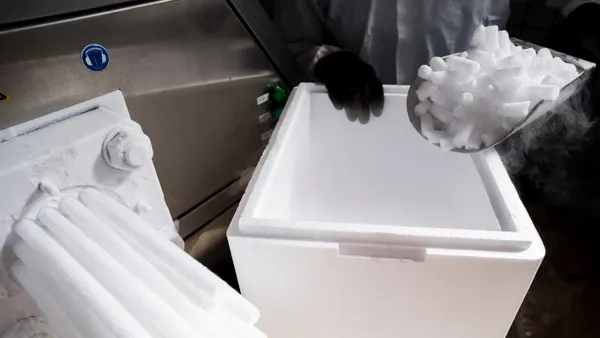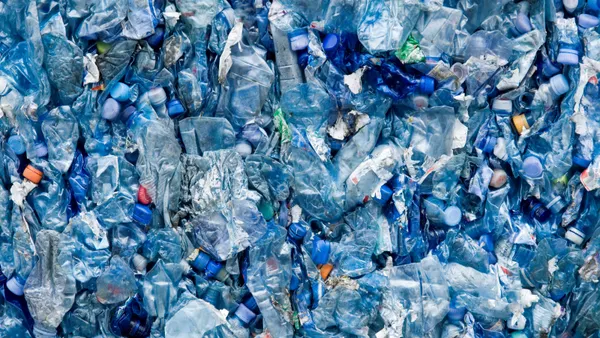Public frenzy over the Trump administration’s tariffs may have cooled with various trade deal announcements. But the full cost implications from tariffs are still to come, according to a report the Organisation for Economic Co-operation and Development released Tuesday. The intergovernmental group projects that U.S. and global economies will slow in the coming months, in large part due to tariffs.
Numerous packaging company executives have previously described on earnings calls the tariff cost pressures to their own businesses, as well as to consumers. Metals are considered the packaging substrate hit hardest so far, considering the 50% tariffs on imports of aluminum and steel products.
Global growth turned out to be more resilient than anticipated in the first half of 2025, with manufacturing and trade “buoyed by front-loading ahead of higher tariffs,” according to the global policy forum, which has 38 member countries. That contributed to the world economy expanding at an annualized pace of 3.2%.
The front-loading, stocking up on material and product purchases before tariffs take effect, “was an important source of support, with industrial production growth in the first half of the year exceeding the average pace of 2024 in most G20 economies,” the report said. But front-loading has ended in most places, and uncertainty is dampening investments and trade.
Therefore, OECD projects global gross domestic product growth will weaken from 3.3% in 2024 to 3.2% in 2025 and to 2.9% in 2026. In the United States, annual GDP growth is projected to drop more precipitously, from 2.8% in 2024 to 1.8% in 2025 and 1.5% in 2026, with tariffs as a leading cause of decline.
Global and U.S. GDP growth projected to decline through 2026
Companies and consumers aren’t out of the woods yet. OECD suggests the greatest tariff cost impacts are still to come because the changes are being phased in over time. “The impacts of higher tariff rates are yet to be fully felt in the US economy,” the report says.
As of the end of August, the effective tariff rate on U.S. merchandise imports rose to an estimated 19.5%. This marks the highest tariff rate since 1933, according to OECD, and was 4.1 percentage points higher than the rate in mid-May. The report also pointed to higher sectoral tariffs, namely for metals.
In some cases, tariff costs already are being passed down to consumers through higher prices, especially durable goods with a high import content, the report says.
Some packaging-related trade groups told Packaging Dive on Tuesday that uncertainty with tariffs and trade remains a concern through the end of 2025, and likely into year, especially considering the Supreme Court isn’t slated to hear a tariff legality case until November.
“We agree with OECD findings that tariff costs are still ahead of American consumers, especially toward the end-of-year and in 2026,” said Scott Breen, president at the Can Manufacturers Institute, via email.
CMI opposes the steep metals tariffs and has repeatedly called for tariff exemptions. The group says the costs are passed down to consumers and also risk U.S. food security.
On Monday, CMI released the results of a survey it commissioned regarding consumer sentiment toward tariffs. Of 1,000 respondents, 72.1%, strongly or somewhat support a tariff exemption on tinplate steel, while 27.9% strongly or somewhat oppose such an exemption. Respondents believe tariffs on materials used to make food packaging, such as aluminum and steel, will make groceries and other purchases more expensive, with 82.5% strongly or somewhat agreeing.
On the plastics side, as of Sept. 8 the administration ended the PET and recycled PET exemption from reciprocal tariffs. The change has the potential to benefit U.S. plastics recyclers who for years have faced competition from cheap virgin and recycled plastic imports. The Association of Plastic Recyclers issued a statement on Sept. 11 about the impact to industry.
“U.S. PET recyclers are under heavy pressure from a surge of low-cost imported material and an oversupply of virgin plastic — pressures compounded by brands abandoning recycled content commitments in favor of virgin plastic and choosing imported rPET rather than sourcing from domestic recyclers,” it says. “APR will continue to work with state and federal policymakers to create further incentives for brands and manufacturers to use recycled plastics sourced from North American programs.”










